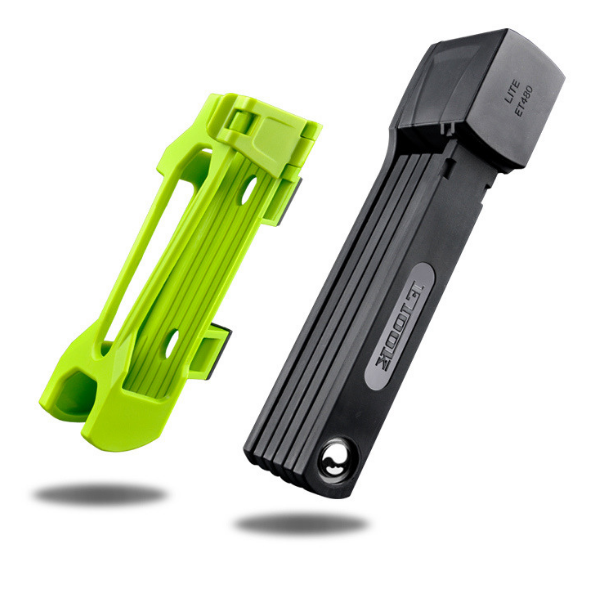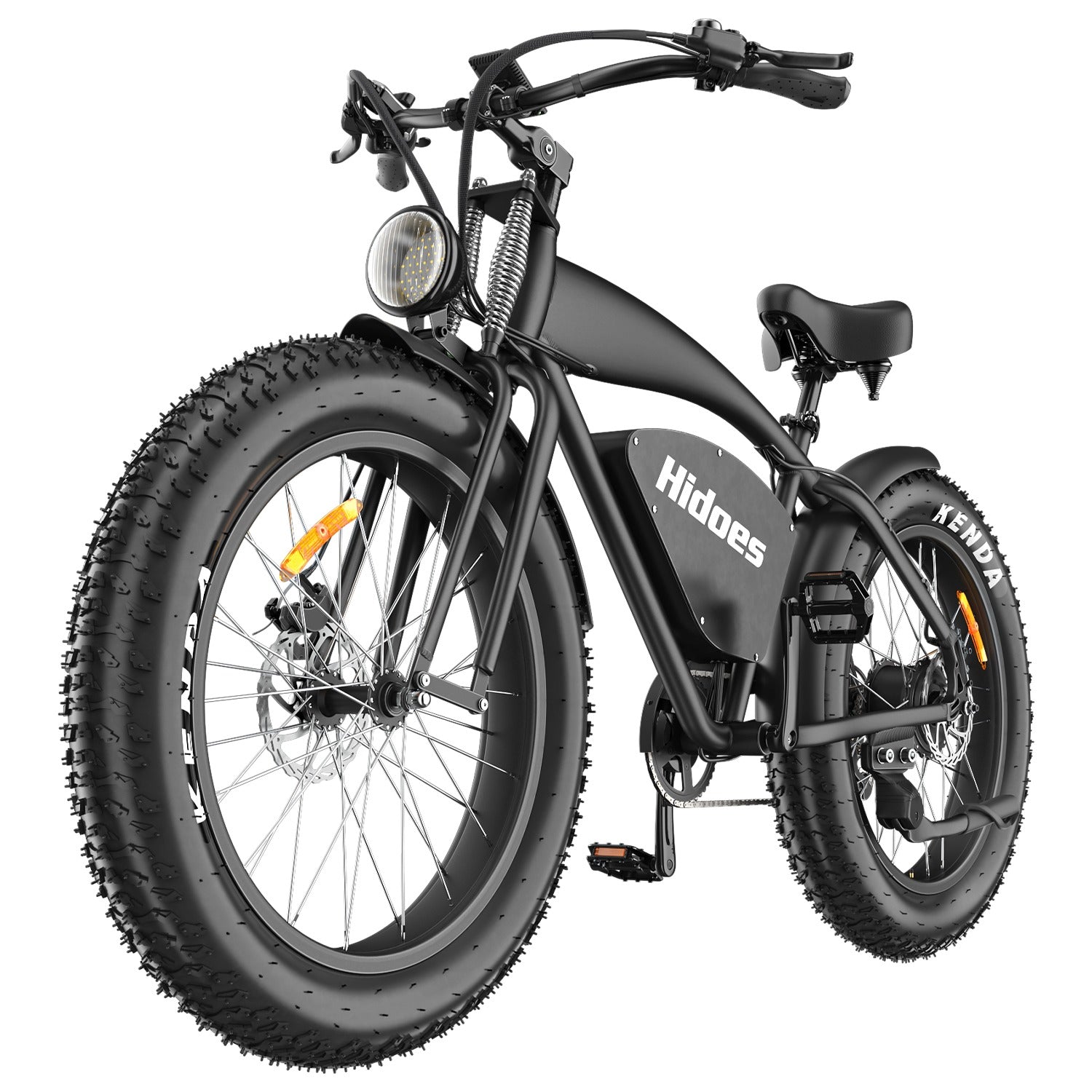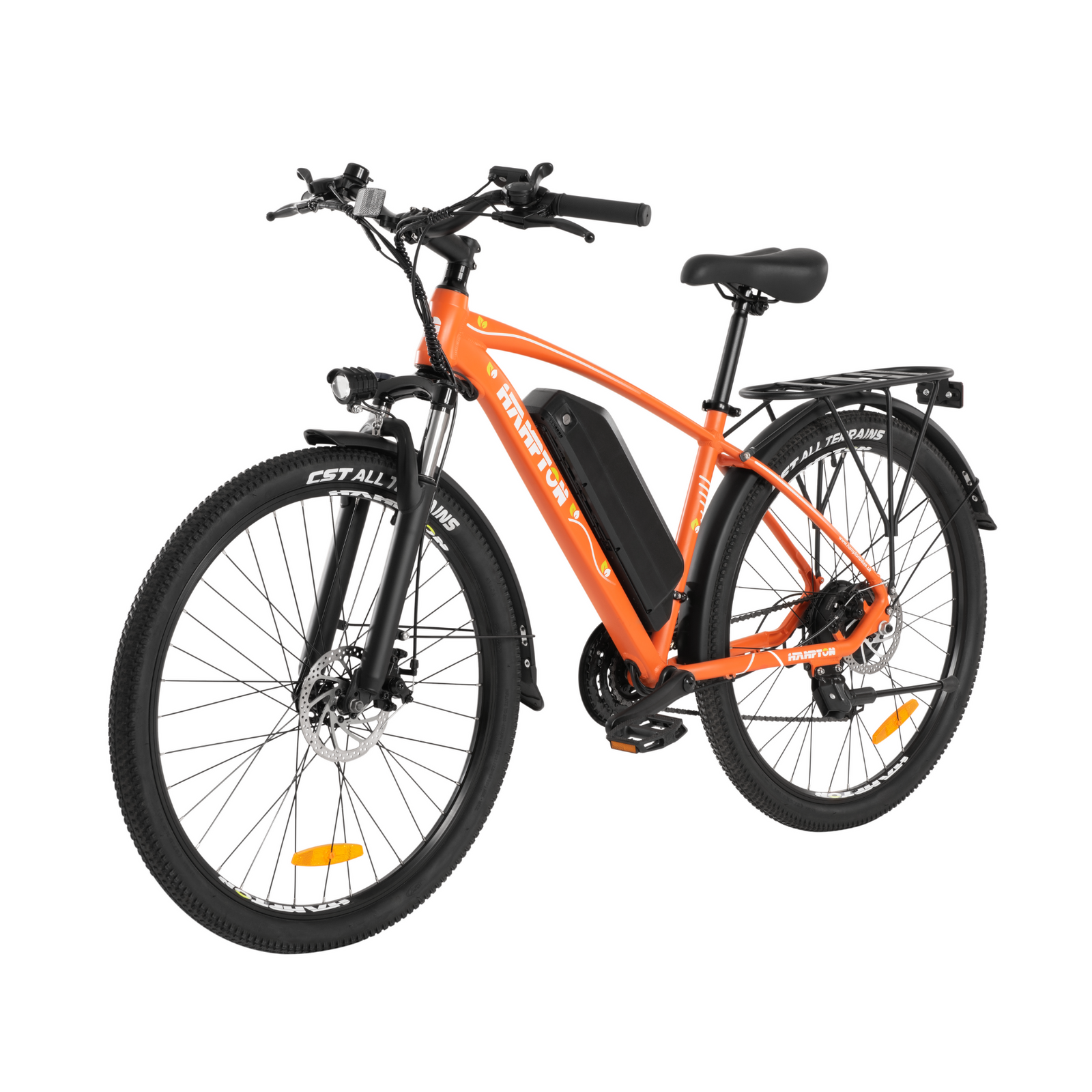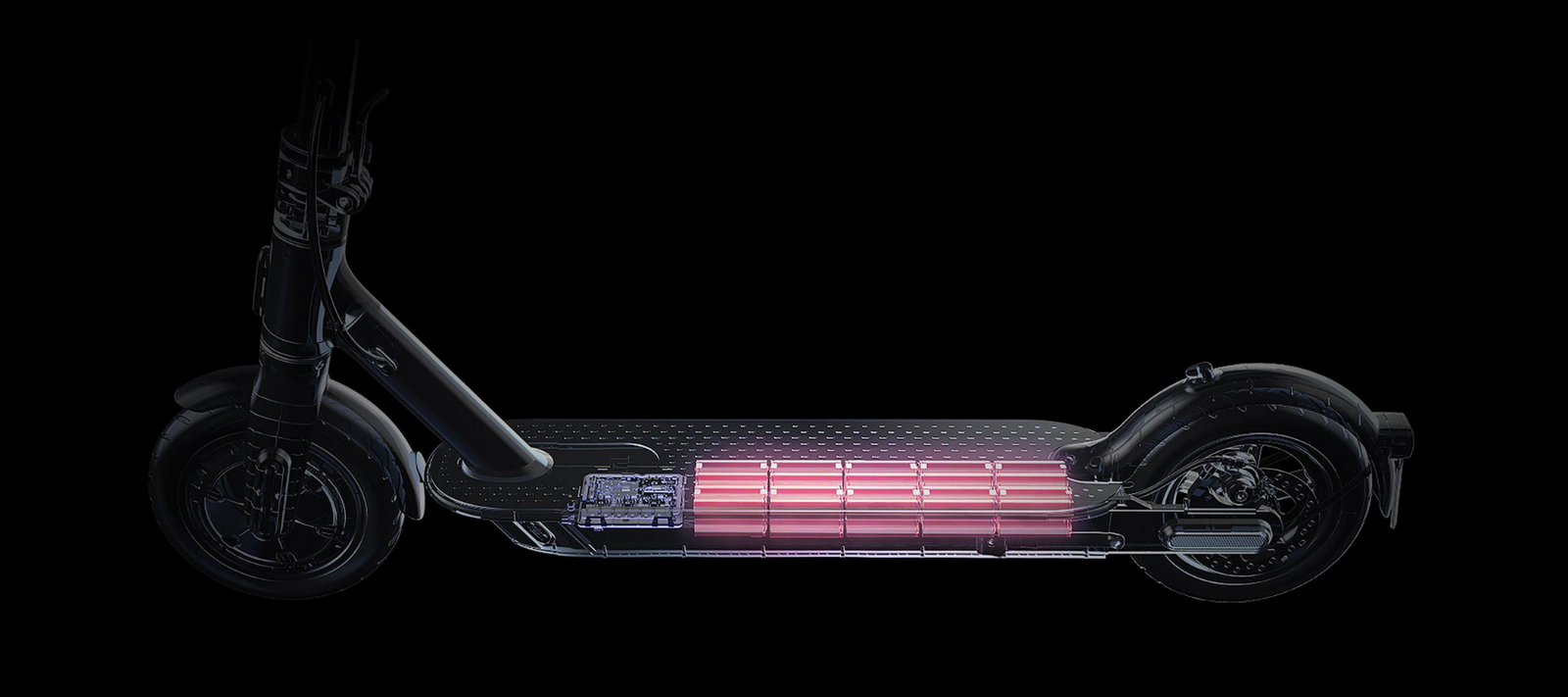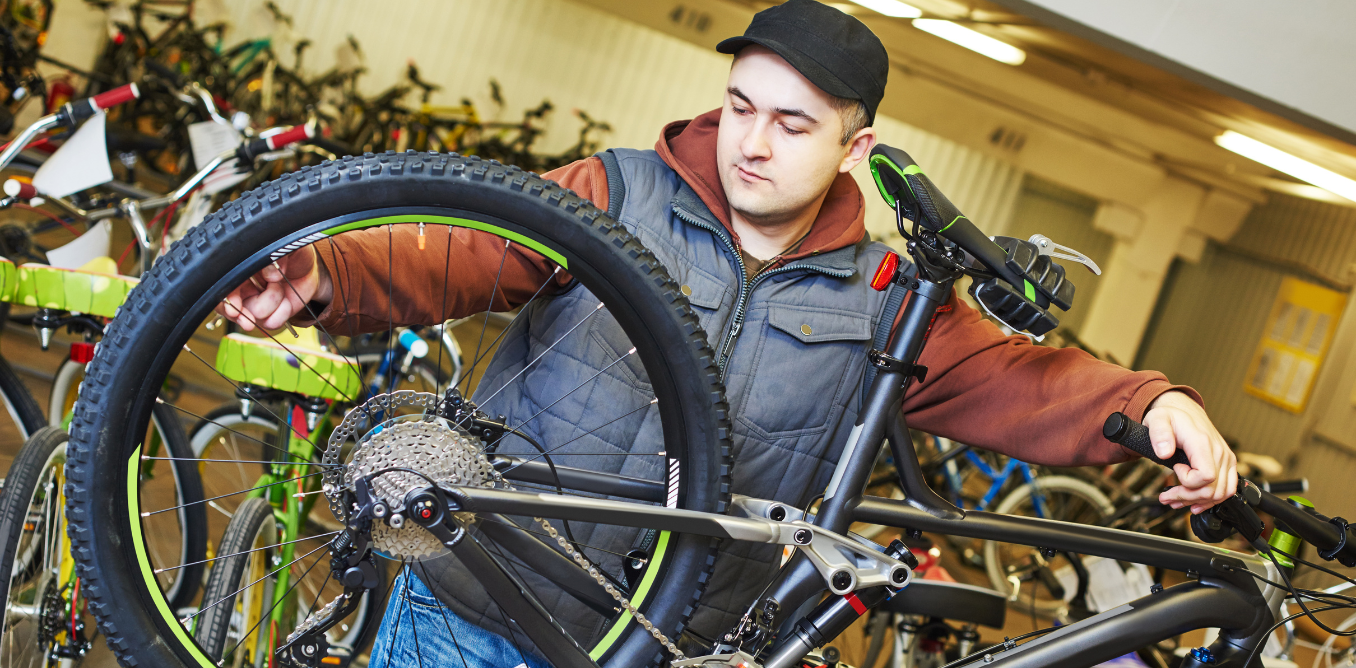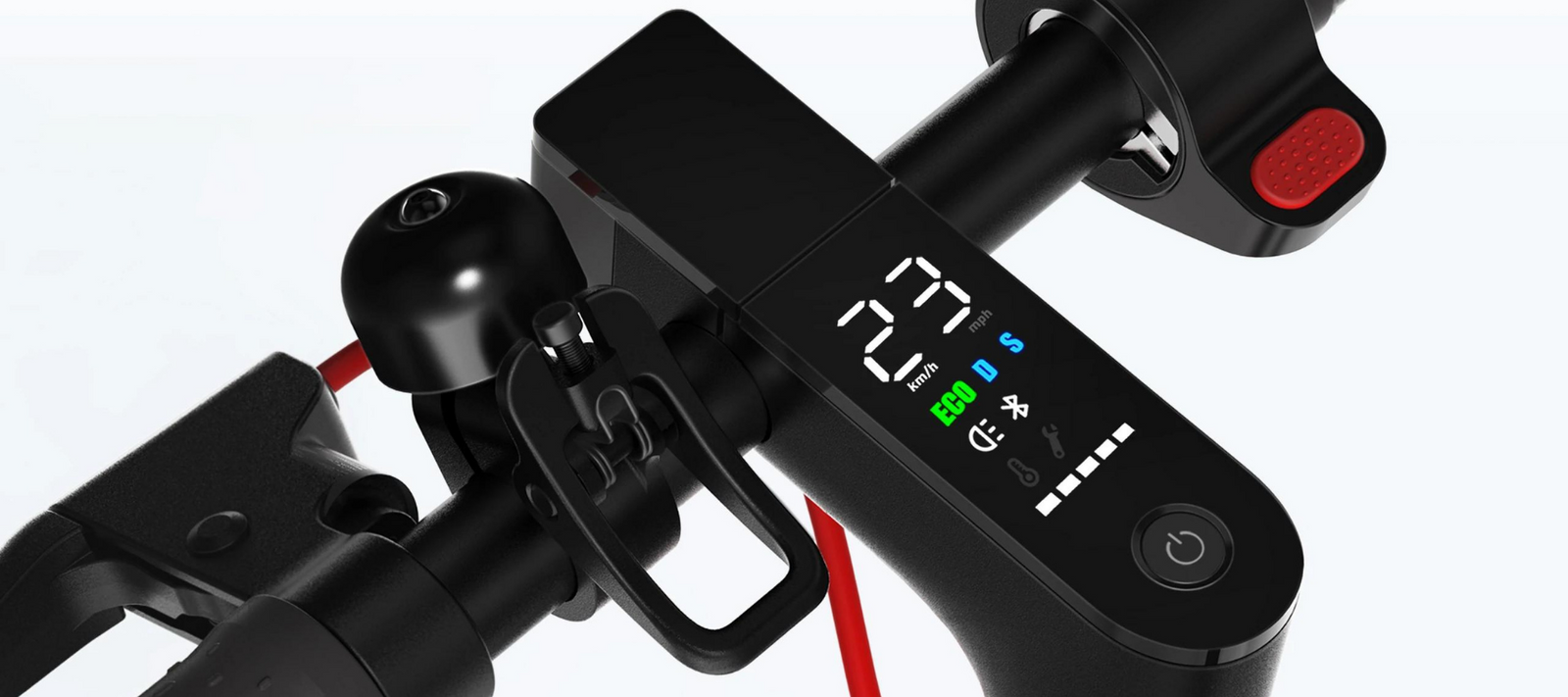How To Maximize Your Electric Scooter's Battery Life
One of the great things about owning an electric scooter is that they require so little maintenance. Unlike cars, or even bikes, which need regular trips to the mechanic and routine replacement parts, electric scooters that are treated well do not need to be tuned up, greased, or topped with oil before a ride. This makes them ideal personal vehicles for short commutes and trips around town.
There is, however, one exception. Improper use and bad charging habits can significantly shorten the life of a scooter’s battery. Conversely, good habits can prolong its life and keep you on the road, trouble free, for years. Nearly all high-quality electric scooters run on lithium-ion (Li-ion) batteries, which power the scooter’s motor, lights, electric brakes, digital displays, controller, and other accessories. Lithium-ion batteries are powerful, efficient, and long-lasting. They can be discharged and recharged many times without losing their storage capacity.

“A typical Li-ion battery,” notes Electric Scooter Guide, “will be able to handle 300 to 500 charge/discharge cycles before diminishing in capacity. For an average electric scooter, this is 3,000 to 10,000 miles!” The full lifespan of a scooter battery is determined by a number of factors, including the battery’s size and watt hours, a measurement of its total capacity. But in general, a scooter’s battery should last around one to three years.
How can you make sure that your scooter battery lives up to its full potential? Below, we’ll look at a few simple rules for keeping your battery in optimal condition.
Don’t Fully Deplete Your Electric Scooter Battery
Rather than draining the battery, then charging it up again, as you may be used to doing with other devices, it’s better to charge your scooter battery at every opportunity. Try to always keep the battery above 10%, at minimum, and, ideally, above a 40% charge. If you can, fully charge the battery before a ride.
Know Your Scooter’s Range and Battery Capacity
You should familiarize yourself with the specifications of your scooter’s battery. You should find information like ampere hours (Ah) and voltage listed in the vehicle specifications or on the battery itself. Some scooters will also list the watt hours. If not, you can calculate this number by multiplying the ampere hours by the voltage. This is good information to have on hand.
More importantly, you’ll want to know how long your scooter can travel with a fully charged battery and plan your trips accordingly so as not to fully deplete it. Ranges can vary widely depending on the model of your scooter and the size of the battery and the motor. A quality electric scooter like the Elan GS1 Pro can travel a distance of 25 miles on a single charge, but this number can be reduced by other factors, such as hilly terrain, hard braking (if the scooter has electric brakes), fast acceleration, high speeds, and use of lights and other electrical accessories.
Developing good riding habits—such as accelerating slowly and giving yourself plenty of stopping time—will help extend your battery, both during a single ride and over the course of the battery’s life.
Don’t Charge Your Battery for Long Periods of Time Unattended
Once the battery is fully charged, you should disconnect it from the charging cable. You should know the total charging times for your battery and should not exceed the maximum charging time indicated by the manufacturer. If you find that it takes much longer to charge your battery than specified, your battery may be defective or near the end of its lifespan. At this point, it is likely in need of replacement.
Let Your Scooter Battery Cool Before Charging
If you’ve been on a short ride, you can plug your scooter in to charge immediately, but if you’ve taken a long ride, the battery has built up a lot of heat and it is best to let that dissipate before plugging the battery in. Let things cool down for 30 minutes before charging the scooter after a longer ride.
Charge Your Electric Scooter Battery Before Storing It Long Term
Li-ion batteries last longer overall when they have a constant stored charge, so if you need to store your scooter and won’t be using it for a while, it is best to charge it to at least 40% before putting it away. Try to charge the battery at least every 30 days if the scooter is not regularly in use.
Always Use the Correct Charger for Your Scooter Battery
While it might seem to make smart financial sense to buy an aftermarket charging cable, using chargers that are not approved for use with your battery can end up costing you more by shortening the battery life. Even if an aftermarket charger appears to work, it can under- or overcharge the battery and cause irreversible damage. Scooter retailers and manufacturers will usually sell replacement charging cables. Contact your manufacturer if you need a spare charger rather than buying a generic option that can run your battery down. A new, manufacturer-approved charger will always cost you less than a new battery.
Store Your Scooter in a Climate-Controlled Environment
Lithium-ion batteries do not respond well to extremes of heat and cold (you may have experienced this if your phone has suddenly gone dead in the winter). High or low temperatures put stress on the battery and keep it from charging efficiently or holding a charge. Over time, such exposure can significantly shorten the life of the battery. Scooter batteries should not be exposed for prolonged periods to temperatures below freezing or above 114 degrees Fahrenheit. Electric scooters should always be stored inside to keep them dry and out of extreme weather.
Conclusion
Following proper charging guidelines will ensure that your electric scooter battery stays healthy and lives long. Remember to keep your battery charged and keep it out of direct heat and freezing cold and to always use a manufacturer-approved charger.






